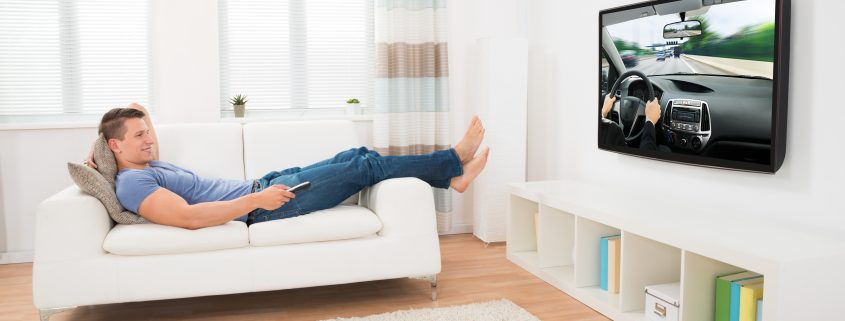Why TV Should Not Be the Only Way You Advertise
One day you walk out onto your dealership lot to notice a gentleman looking at one of your vehicles. From a distance, he is not that different than any other buyer perusing your inventory. But something seems a little different as he slowly turns around you realize Tom Selleck is on your lot. (This is the guy from the 1980s-hit show Magnum P.I. in case you are a millennial and don’t have a clue who I am talking about.) Tom is the guy. A real man’s man but then you realize this isn’t the 1980’s Tom Selleck, it is a new 2017 Tom Selleck.
Now 2017 Tom Selleck isn’t a bad guy. As I understand it, he has a couple of successful businesses. From what you can see he still seems like a great guy, but he isn’t the guy you remember. Why? Because time changes everything. Those mountains use to be higher, that river use to flow a different way and Tom Selleck use to be someone everyone knew. So, did TV.
I am old enough to remember when being on TV meant you were something special. It was way more expensive than print, or even billboards. To have the money to do a TV commercial was a sign that your dealership had indeed arrived. It was also a time when there were only three channels to choose from along with PBS. Then came cable television. Now three went to 15 and then to 300 plus. Now just trying to figure out what is on takes the majority of the evening without even watching something continually. We have become a society of choice anxiety. You know, like a group of people wanting to go out to dinner, the first question always being, “where do you want to eat?.” The obvious answers being, “You decide. Anywhere is fine,” or, “Doesn’t matter to us, “until finally after much frustration and indecisiveness a place is chosen. In other words, there are so many options, that choosing one or even the wrong one will result in a problem. That is where TV is today.
Stop using TV as the mark of your success. This is key. When I was younger being, on TV was a sign that you had arrived. It was the apex of success. That was 1980’s Tom Selleck. No one was better, but that isn’t 2017 Tom Selleck. While TV has a place and position, it should not be the only avenue your dealership uses to reach potential buyers. That choice anxiety, the advent of commercial skipping and the emergence of Netflix takes advertising options down significantly. Mix that in with studies showing that upwards of 85% of viewers are distracted while watching TV: they are on their phone, iPad, or something else, that dramatically reduces your reach while not reducing your costs. Then there is the idea of how to track effectiveness. In the 1980s it was as simple as people coming to the dealership, today it is a lot more complicated.
Buyers are now using multiple platforms to research a dealership. A recent Google survey showed that that over a 3-month period, there were 900 digital touchpoints for a buyer with 71% of those taking place on a mobile device. The study also discovered that a buyer explored 14 brands, considered 6 and decided ultimately between only 2 brands. That kind of interaction in 2017 would require millions of dollars in TV advertising. So, what is the alternative?
Turn off all your TV ads? Not at all, like Tom Selleck, TV has value in 2017, but it isn’t the same value as in the 1980s. The key now is to invest in being in front of the distracted viewer in all potential engagement platforms, whether it’s their iPad, computer or most likely their phone throughout the day. Digital engagement allows for consistency that can be tracked and validated. It also allows a dealership to have more information and more direction on targeting specific buyer groups rather than carpeting everyone. Digital reduces waste, redirects to other options, and helps to incorporate a comprehensive methodology that leads to buyers on the dealership lot.
Contact us today to find out how we can fulfill your digital marketing needs.





